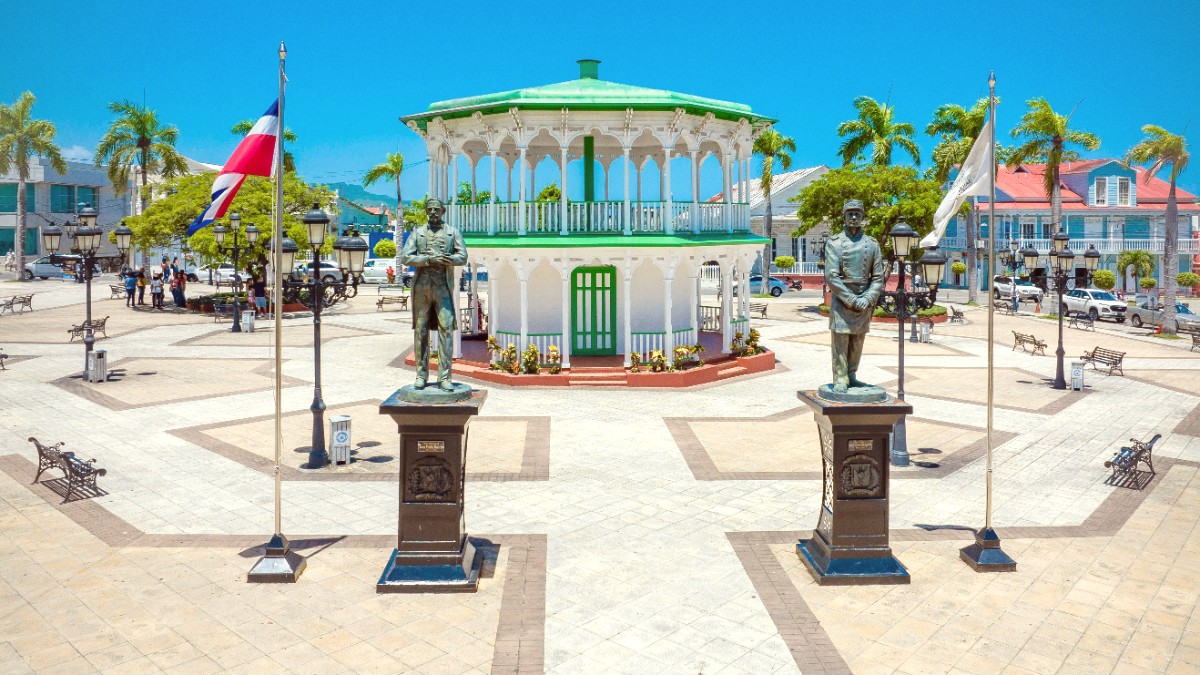
Dominican Republic
Puerto Plata does not have a metro or tram system; shared road vehicles are the main forms of public transit. Guaguas (Public Vans/Mini-buses) are the most common and cheapest option. They are typically crowded shared vans that follow informal, yet generally consistent, routes. They do not have fixed stops; you simply wave your hand to signal the driver to stop and pick you up anywhere. To exit, tell the driver "parada" (stop) or "aquí" (here). They are a noisy but lively way to travel, offering a glimpse into local life.
Públicos (Shared Taxis) are regular cars that operate on fixed routes, similar to guaguas. They pick up multiple passengers heading in the same general direction. Fares are fixed per person for specific segments of the route. Look for vehicles with specific markings or ask locals which "público" goes to your destination. Motoconchos (Motorcycle Taxis) are individual motorcycle taxis. They are the fastest way to navigate traffic for short distances but carry inherent safety risks due to traffic conditions, aggressive driving, and often a lack of helmets for passengers. They are very inexpensive but should be used with caution, especially by inexperienced riders.
Fares are paid in cash directly to the driver or collector. No electronic cards or passes. Carry small bills.
Operate frequently during daylight (6 AM to 9 PM). Frequency decreases in the evenings and on holidays.
Public transportation is generally not wheelchair accessible. Private taxis or specialized transport are more suitable.
Shared vans, very cheap, frequent.
Shared taxis, fixed routes, fixed fares.
Motorcycle taxis, quick for short distances, high risk.
Wave hand for guaguas/públicos. Agree fare for motoconchos.
Taxis offer a convenient and more private mode of transport compared to public options, while ride-sharing apps offer an alternative.
Taxis are available directly outside the terminal at Gregorio Luperón International Airport.
Often a dispatch desk where you state your destination and receive a fixed price.
Pre-booking through your hotel or a reputable tour company offers convenience and a fixed price.
Renting a vehicle offers flexibility for exploring the region independently, but it comes with specific considerations. Consider what you can rent versus what you should bring.
Drive on the right side of the road. Seatbelt use is mandatory for front-seat passengers. Cell phone use while driving is prohibited.
Speed limits are often ignored; defensive driving is .
Major highways are generally in decent condition. Secondary roads may be poorly maintained, unpaved, or have unexpected potholes.
Unmarked speed bumps ("policías acostados") are common; drive carefully.
Available at most hotels and attractions. Street parking in the city can be challenging; secure parking lots are a good idea.
Be aware of informal "parkers" expecting a tip.
Puerto Plata offers pedestrian-friendly areas for exploration on foot, but cycling requires caution on main roads.
Exercise increased caution in isolated, poorly lit, or very low-income neighborhoods, especially after dark.
Avoid walking or cycling along major highways where traffic moves quickly and lacks sidewalks or shoulders.
If exploring rural areas, stick to marked trails or go with a local guide to avoid getting lost or encountering unexpected hazards.
Beyond standard options, Puerto Plata offers unique modes of transport for specific experiences.
Convenient way to visit major attractions without self-driving.
Essential for accessing remote spots like Cayo Arena.
Iconic experience offering stunning city and coastal views.
For an authentic local experience, try a "guagua" for short distances. It is inexpensive and offers a glimpse into daily Dominican life.
However, for comfort, safety, and fixed prices, taxis or pre-arranged private transfers are often a better choice, especially after dark or for longer distances.